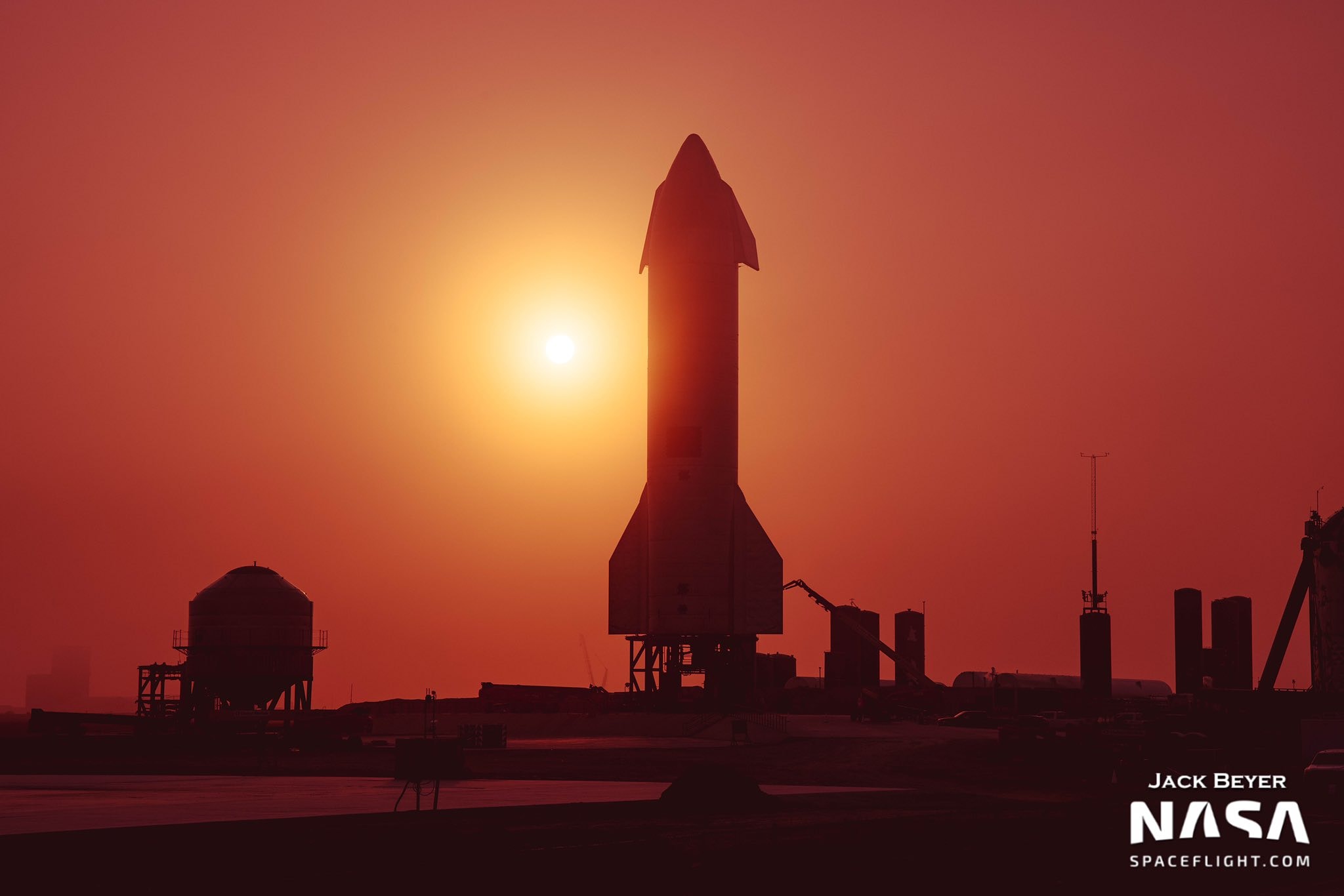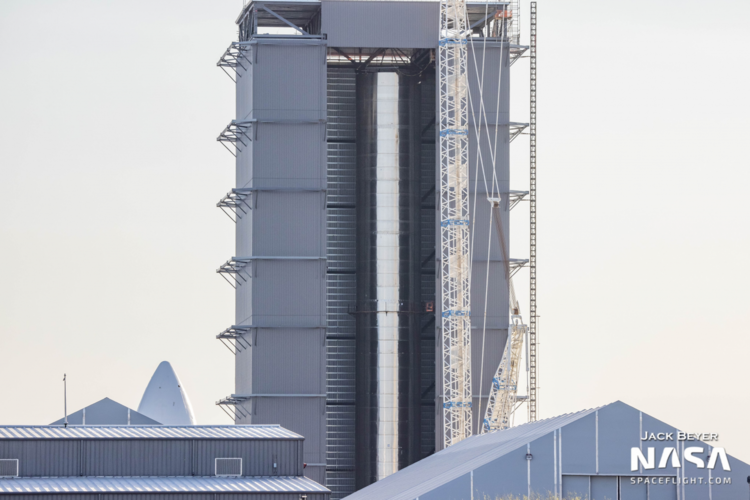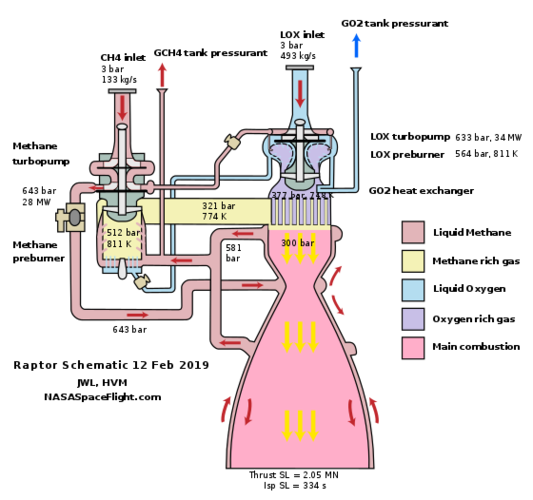An excellent discussion of Starship & BFR weights and mass fractions.
View: https://www.reddit.com/r/spacex/comments/d9gkuj/starship_mk12_200t_dry_weight_goal_to_reduce_to/
200 metric tons empty / 1400 metric tons full, that's a 0.86 propellant mass fraction.
Lower that to 120 metric tons and the PMF goes to near 0.92.
With methalox at 380 seconds, the second variant is tantalizing close from a SSTO,a 9100 m/s ballpark.
Except this is the VACUUM specific impulse, the ground-level one is 340, 350 best case. And thus, no SSTO - it would need 0.93 or above...
I'm interested by these numbers as realistic ones with present state of the art; for my own pet peeve: suborbital refueling.
In the end, even if it fails going into orbit alone, with such delta-v - 6, 7 or 8 km/s - Starship could make pretty large suborbital hops with a decent payload.
With 6 km/s it is possible to jump over the Atlantic, all 3500 miles / 5800 km of it.
With 8 km/s horizontal distance grows to 10 000 km or more.
Would be enough for a Paris - La Réunion much faster than those goddam Air France 777 taking 12 hours and only by night... in this peculiar case it would really shrinks the world and change people lives. Provided the ticket would be affordable, of course.
View: https://www.reddit.com/r/spacex/comments/d9gkuj/starship_mk12_200t_dry_weight_goal_to_reduce_to/
200 metric tons empty / 1400 metric tons full, that's a 0.86 propellant mass fraction.
Lower that to 120 metric tons and the PMF goes to near 0.92.
With methalox at 380 seconds, the second variant is tantalizing close from a SSTO,a 9100 m/s ballpark.
Except this is the VACUUM specific impulse, the ground-level one is 340, 350 best case. And thus, no SSTO - it would need 0.93 or above...
I'm interested by these numbers as realistic ones with present state of the art; for my own pet peeve: suborbital refueling.
In the end, even if it fails going into orbit alone, with such delta-v - 6, 7 or 8 km/s - Starship could make pretty large suborbital hops with a decent payload.
With 6 km/s it is possible to jump over the Atlantic, all 3500 miles / 5800 km of it.
With 8 km/s horizontal distance grows to 10 000 km or more.
Would be enough for a Paris - La Réunion much faster than those goddam Air France 777 taking 12 hours and only by night... in this peculiar case it would really shrinks the world and change people lives. Provided the ticket would be affordable, of course.
Last edited:








